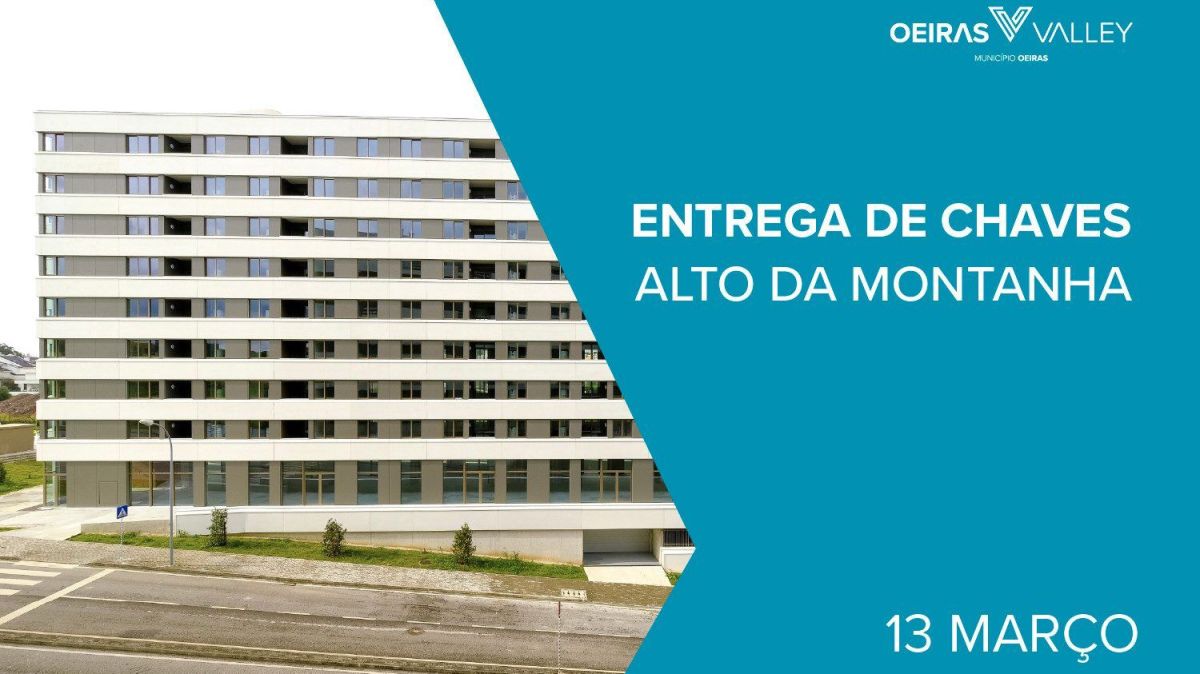In total, there will be 4,500 hectares of urban intervention and infrastructure area, the equivalent of 55 times the Expo Park, as highlighted in a statement by the Ministry of Infrastructure and Housing.
The project was presented to the 18 mayors of the Lisbon Metropolitan Area and to the Mayor of Benavente, in the district of Santarém, by the Prime Minister, Luís Montenegro, who was accompanied by the Minister of State and Finance, Joaquim Miranda Sarmento, the Deputy Minister and Territorial Cohesion, Manuel Castro Almeida, and the Minister of Infrastructure and Housing, Miguel Pinto Luz.
Named “Parque Cidades do Tejo”, the project will directly cover the municipalities of Lisbon, Loures and Oeiras (in the district of Lisbon), Almada, Barreiro, Seixal and Montijo (in the district of Setúbal) and Benavente, with the construction of 25 thousand houses and the creation of 200 thousand jobs expected.
It is “a project that aims to transform the riverbank into a large metropolis in which the river functions as a link between territories instead of separating them”, the note highlights.
The Tagus Cities Park will focus on four intervention axes, namely those designated “Arco Ribeirinho Sul” (Almada, Seixal and Barreiro), “Ocean Campus” (Oeiras and Lisbon), “Humberto Delgado Airport” (Lisbon and Loures) and “Airport City (Benavente and Montijo)”.
This project integrates housing, leisure, research and cultural spaces, such as the “Ópera Tejo”, an international congress center and the airport city.
In the case of the Arco Ribeirinho Sul axis, which covers 519 hectares of intervention area, the construction of a further 28 thousand new homes and the creation of 94 thousand jobs is expected.
Also on the south bank of the Tagus, the Benavente-Montijo – Airport City axis (more than 3,000 hectares) foresees the construction of a new airport city and hubs for science and nautical industry.
On the north bank of the Tagus, the Ocean Campus axis (90 hectares of intervention) foresees the construction of an urban park, a space for large events and a 'cluster' of innovation, research and development, with the expectation of generating 15 thousand jobs.

Also on the north bank of the Tagus, the Humberto Delgado Airport axis (400 hectares) is estimated to include the construction of a further 9,800 new homes.
In terms of infrastructure, the construction of two new crossings of the Tagus is planned, namely the third road crossing (Chelas-Barreiro) and the Algés-Trafaria tunnel, as well as the new airport and investment in the high-speed railway.
The planned investment in the third crossing of the Tagus is 3,000 million and in the Algés-Trafaria tunnel 1,500 million.
The project also foresees the expansion of public transport networks, namely the Lisbon Metro, the Metro Sul do Tejo and Transtejo/Soflusa, as well as the creation of the LIOS-Sustainable Intermodal Line (Oeiras – Lisbon – Loures) and the SATUO (Oeiras Automatic Urban Transport System), which will connect the municipality of Oeiras (Paço de Arcos) to that of Sintra (Massamá).
Regarding the governance model, the government explains that the Sociedade Parque Cidades do Tejo will be created, a company 100% owned by the State.
“The project will have an initial allocation of 26.5 million euros and management is based on a joint model between the central State and the municipalities”, the note also states.
According to the Minister of Infrastructure, the objective of this project “is to 'sew' the two banks of the Tagus and unite them as a large metropolis”.
To this end, “investment in road and rail infrastructure and the construction of Luís Camões Airport are fundamental facilities”, argued Miguel Pinto Luz.
Stating that this is a “future project for the Lisbon Metropolitan Area that is now beginning to be discussed with the 18 municipalities of the AML and with the municipality of Benavente”, the minister stressed that the “management of the Sociedade Parque Cidades do Tejo involves, in fact, a management model that is absolutely equal between the State and the municipalities”.
















